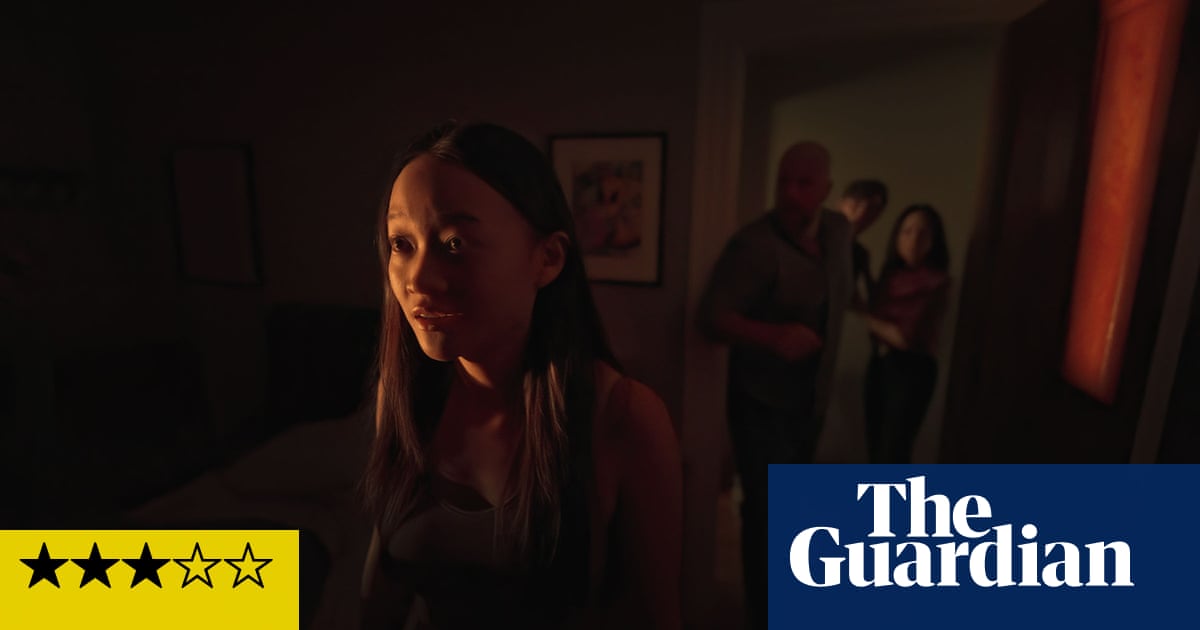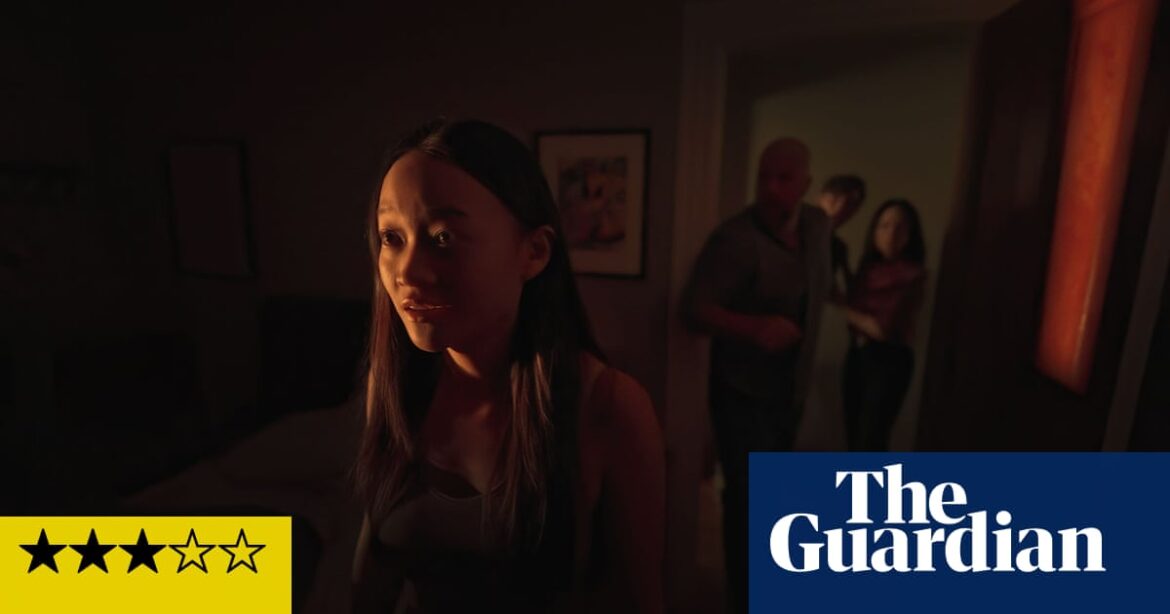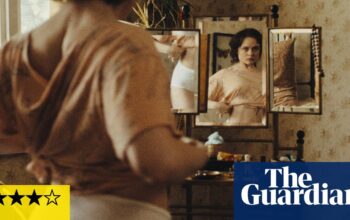
F
For most filmmakers, the limitations imposed by Covid were suffocating and created a clear distinction between those who could thrive in extremely restrictive circumstances and those who could not. Steven Soderbergh, a director who has never allowed anything to stifle his creative spirit, whether it’s winning an Oscar or achieving blockbuster success, delivered one of the few essential pandemic films with the overlooked thriller “Kimi,” a sleek and clever modernization of a 1970s suspense film. He, along with screenwriter David Koepp, ingeniously maximized the constraints and have now joined forces again for a project with similar potential.
The film Presence, which was filmed last summer under a veil of secrecy and is now being revealed at Sundance, is a unique take on the one-location genre. Director and cinematographer Soderbergh uses this project as an opportunity to experiment, playfully incorporating familiar horror tropes. The story centers on a recently renovated house, with the perspective being told from the ghost’s point of view. The house is soon occupied by a family, led by Lucy Liu and This is Us actor Chris Sullivan, along with their teenage children Callina Liang and Eddy Maday. Like many families in this genre, they bring their own baggage and tensions to their new home, hoping for a fresh start after a period of unease.
Director Steven Soderbergh presents a series of continuous shots as the viewer witnesses the family falling apart – a daughter mourning the loss of a friend, a mother favoring her son, and a father worried about a potential legal battle. As we try to make sense of it all and predict where the story is headed, the experiment is successful for a time. The identity and intentions of the supernatural presence are left unanswered, adding to the intrigue of the genre. Soderbergh skillfully involves the audience in the story through gliding camera movements, snippets of dialogue, and observations that paint a unique portrait of a troubled family. The use of music also adds depth to the emotional journey we are taken on. However, as the film progresses and the genre becomes clearer, the initial fascination begins to fade.
As we become more acquainted with the family, it becomes increasingly difficult to believe their relationship dynamics. The director’s portrayal of division is heavy-handed, making the mother and son appear cartoonishly awful in contrast to the father and daughter’s saintliness. The relatable passive-aggressive behavior escalates to nastiness, but ultimately fails to reach a climax, and when a more traditional thriller plot unfolds, it is equally hard to believe. The subtle hints of mystery lead to a predictable reveal. The film lacks the passion it needs and in the end, the only thing that sets it apart from other genre films is its visual trickery.
As a trial, it continues to hold our attention, serving as a unique technical challenge. Even when working at a lower capacity, Soderbergh still surpasses many of his colleagues. However, the presence never quite unites in the manner we desire, resembling a ghost story haunted by the potential of what it could have been.
-
Appearance is being displayed at the Sundance film festival and is looking for a distributor.
Source: theguardian.com



